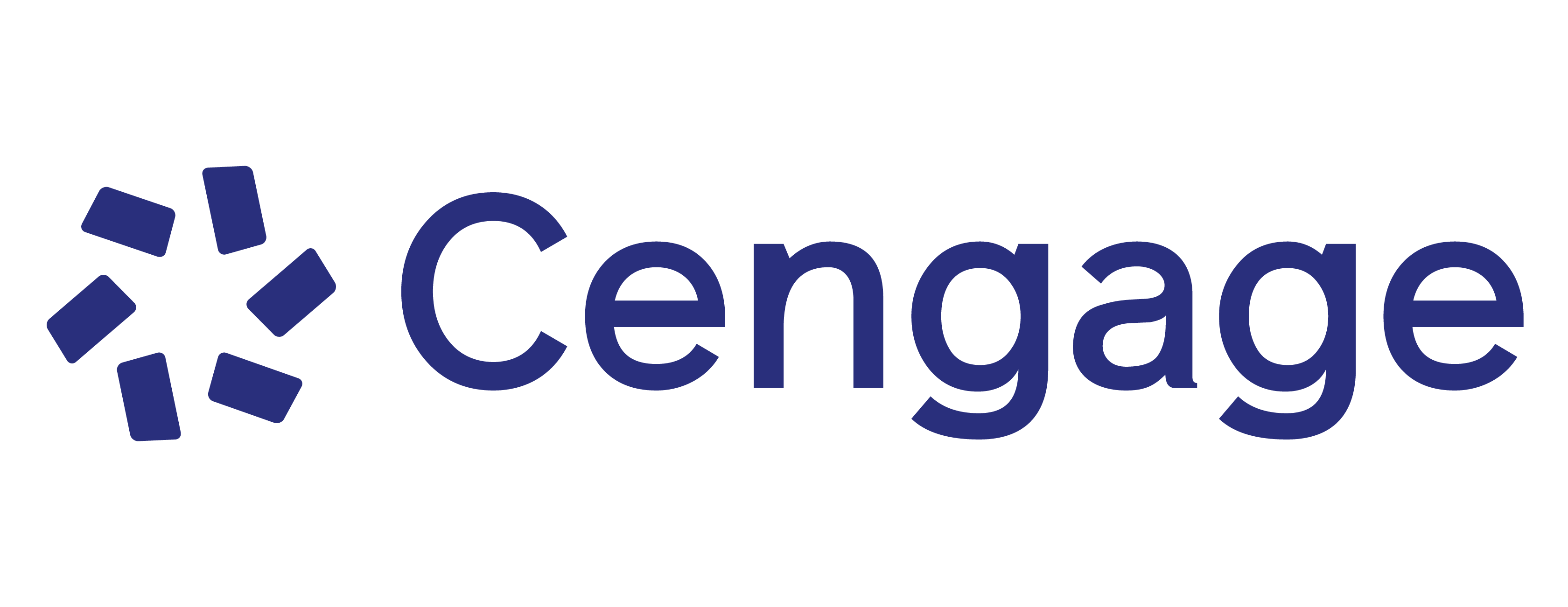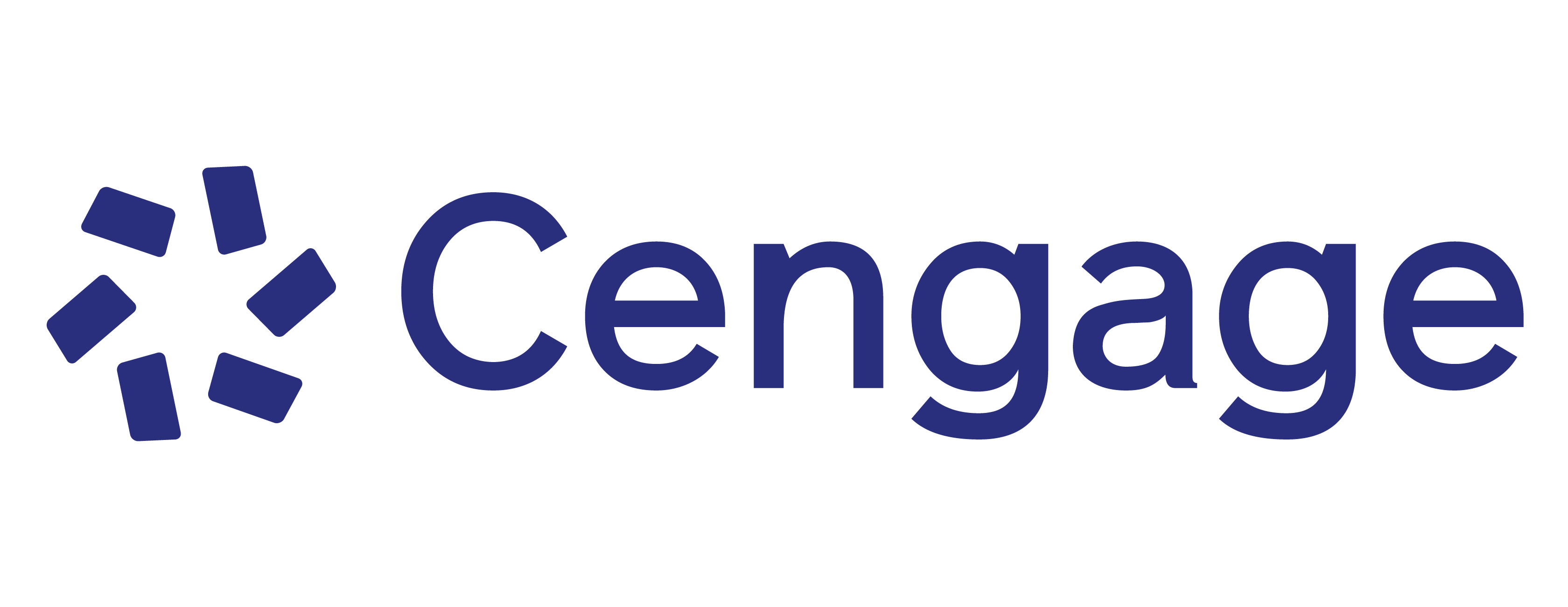This bestselling author team explains concepts simply and clearly, without glossing over difficult points. Problem solving and mathematical modeling are introduced early and reinforced throughout, providing students with a solid foundation in the principles of mathematical thinking. Comprehensive and evenly paced, the book provides complete coverage of the function concept, and integrates a significant amount of graphing calculator material to help students develop insight into mathematical ideas. The authors' attention to detail and clarity—the same as found in James Stewart's market-leading Calculus book—is what makes this book the market leader.
Preface.
To the Student.
Prologue: Principles of Problem Solving.
P. PREREQUISITES.
P1. Modeling the Real-World with Algebra. P2. The Real Numbers. P3. Integer Exponents and Scientific Notation. P4. Rational Exponents and Radicals.
P5. Algebraic Expressions. P6. Factoring. P7. Rational Expressions. P8. Solving Basic Equations. P9. Modeling with Equations. Chapter P Review. Chapter P Test.
FOCUS ON MODELING: MAKING THE BEST DECISIONS.
1. EQUATIONS AND GRAPHS.
1.1 The Coordinate Plane. 1.2 Graphs of Equations in Two Variables; Circles. 1.3 Lines. 1.4 Solving Quadratic Equations. 1.5 Complex Numbers. 1.6 Solving Other Types of Equations. 1.7 Solving Inequalities. 1.8 Solving Absolute Value Equations and Inequalities. 1.9 Solving Equations and Inequalities Graphically. 1.10 Modeling Variations. Chapter 1 Review. Chapter 1 Test.
FOCUS ON MODELING: Fitting Lines to Data.
2. FUNCTIONS.
Chapter Overview.2.1 Functions. 2.2 Graphs of Functions. 2.3 Getting Information from the Graph of a Function. 2.4 Average Rate of Change of a Function. 2.5 Linear Functions and Models. 2.6 Transformations of Functions. 2.7 Combining Functions. 2.8 One-to-One Functions and Their Inverses. Chapter 2 Review. Chapter 2 Test.
FOCUS ON MODELING: MODELING WITH FUNCTIONS.
3. POLYNOMIAL AND RATIONAL FUNCTIONS.
Chapter Overview. 3.1. Quadratic Functions and Models. 3.2 Polynomial Functions and Their Graphs. 3.3 Dividing Polynomials. 3.4 Real Zeros of Polynomials. 3.5 Complex Zeros and the Fundamental Theorem of Algebra. 3.6 Rational Functions. 3.7 Polynomial and Rational Inequalities. Chapter 3 Review. Chapter 3 Test.
FOCUS ON MODELING: FITTING POLYNOMIAL CURVES TO DATA.
4. EXPONENTIAL AND LOGARITHMIC FUNCTIONS.
Chapter Overview. 4.1 Exponential Functions. 4.2 The Natural Exponential Function. 4.3 Logarithmic Functions. 4.4 Laws of Logarithms. 4.5 Exponential and Logarithmic Equations. 4.6 Modeling with Exponential Functions. 4.7 Logarithmic Scales. Chapter 4 Review. Chapter 4 Test.
FOCUS ON MODELING: FITTING EXPONENTIAL AND POWER CURVES TO DATA.
5. TRIGONOMETRIC FUNCTIONS: RIGHT TRIANGLE APPROACH.
Chapter Overview.
5.1 Angle Measure.
5.2 Trigonometry of Right Triangles.
5.3 Trigonometric Functions of Angles. 5.4 Inverse Trigonometric Functions and Triangles. 5.5 The Law of Sines. 5.6 The Law of Cosines. 5.7 Chapter 5 Review. Chapter 5 Test.
FOCUS ON MODELING: SURVEYING.
1. TRIGONOMETRIC FUNCTIONS: UNIT CIRCLE APPROACH.
Chapter Overview.
6.1 The Unit Circle. 6.2 Trigonometric Functions of Real Numbers. 6.3 Trigonometric Graphs. 6.4 More Trigonometric Graphs. 6.5 Inverse Trigonometric Functions and Their Graphs. 6.6 Modeling Harmonic Motion. Chapter 6 Review. Chapter 6 Test.
FOCUS ON MODELING: FITTING SINUSOIDAL CURVES TO DATA.
7. CONIC SECTIONS.
Chapter Overview.
7.1 Trigonometric Identities. 7.2 Addition and Subtraction Formulas. 7.3 Double-Angle, Half-Angle, and Sum-Product Formulas. 7.4 Basic Trigonometric Equations. 7.5 More Trigonometric Equations. Chapter 7 Review. Chapter 7 Test.
FOCUS ON MODELING: TRAVELING AND STANDING WAVES.
8. POLAR COORDINATES AND PARAMETRIC EQUATIONS.
Chapter Overview. 8.1 Polar Coordinates. 8.2 Graphs of Polar Equations. 8.3 Polar Form of Complex Numbers; De Moivre's Theorem. 8.4 Plane Curves and Parametric Equations. Chapter 8 Review. Chapter 8 Test.
FOCUS ON MODELING: THE PATH OF A PROJECTILE.
9. VECTORS IN TWO AND THREE DIMENSIONS.
Chapter Overview. 9.1 Vectors in Two Dimensions. 9.2 The Dot Product. 9.3 Three–Dimensional Coordinate Geometry. 9.4 Vectors in Three Dimensions. 9.5 The Cross Product. 9.6 Equations of Lines and Planes. Chapter 9 Review. Chapter 9 Test.
FOCUS ON MODELING: VECTOR FIELDS.
10. SYSTEMS OF EQUATIONS AND INEQUALITIES.
10.1 Systems of Linear Equations in Two Variables. 10.2 Systems of Linear Equations in Several Variables. 10.3 Partial Fractions. 10.4 Systems of Nonlinear Equations. 10.5 Systems of Inequalities. Chapter 10 Review. Chapter 10 Test.
FOCUS ON MODELING: LINEAR PROGRAMMING.
11. MATRICES AND DETERMINANTS.
11.1 Matrices and Systems of Linear Equations. 11.2 The Algebra of Matrices. 11.3 Inverses of Matrices and Matrix Equations. 11.4 Determinants and Cramer's Rule. Chapter 11 Review. Chapter 11 Test.
FOCUS ON MODELING: COMPUTER GRAPHICS.
12. CONIC SECTIONS.
Chapter Overview. 12.1 Parabolas. 12.2 Ellipses. 12.3 Hyperbolas. 12.4 Shifted Conics. 12.5 Rotation of Axes. 12.6 Polar Equations of Conics. Chapter 12 Review. Chapter 12 Test.
FOCUS ON MODELING: CONICS IN ARCHITECTURE.
13. SEQUENCES AND SERIES.
Chapter Overview. 13.1 Sequences and Summation Notation. 13.2 Arithmetic Sequences. 13.3 Geometric Sequences. 13.4 Mathematics of Finance. 13.5 Mathematical Induction. 13.6 The Binomial Theorem. Chapter 13 Review. Chapter 13 Test.
FOCUS ON MODELING: MODELING WITH RECURSIVE SEQUENCES.
14. COUNTING AND PROBABILITY.
14.1 Counting. 14.2 Probability. 14.3 Binomial Probability. 14.4 Expected Value. Chapter 14 Review. Chapter 14 Test.
FOCUS ON MODELING: THE MONTE CARLO METHOD.
APPENDIX A: Geometry Review.
APPENDIX B: Calculations and Significant Figures.
APPENDIX C: Graphing with a Graphing Calculator.
APPENDIX D: Using the TI-83/84 Graphing Calculator.
-
James Stewart
The late James Stewart received his M.S. from Stanford University and his Ph.D. from the University of Toronto. He conducted research at the University of London and was influenced by the famous mathematician George Polya at Stanford University. Dr. Stewart most recently served as a professor of mathematics at McMaster University, and his research focused on harmonic analysis. Dr. Stewart authored a best-selling calculus textbook series, including CALCULUS, CALCULUS: EARLY TRANSCENDENTALS and CALCULUS: CONCEPTS AND CONTEXTS as well as a series of successful precalculus texts.
-
Lothar Redlin
The late Lothar Redlin grew up on Vancouver Island, received a Bachelor of Science degree from the University of Victoria, and a Ph.D. from McMaster University in 1978. He subsequently did research and taught at the University of Washington, the University of Waterloo, and California State University, Long Beach. He was most recently Professor of Mathematics at The Pennsylvania State University, Abington Campus. His research field was topology.
-
Saleem Watson
Saleem Watson received his Bachelor of Science degree from Andrews University in Michigan. He did graduate studies at Dalhousie University and McMaster University, where he received his Ph.D. in 1978. He subsequently did research at the Mathematics Institute of the University of Warsaw in Poland. He also taught at The Pennsylvania State University. He is currently Professor of Mathematics at California State University, Long Beach. His research field is functional analysis. Watson is a co-author on Stewart's best-selling Calculus franchise.
-
NOTE: This title is also available in WebAssign with Corequisite Support that provides the flexibility to match any corequisite implementation model and empowers you to deliver high quality content at the right time for your students at an affordable price.
-
New Exercises: More than 20% of the exercises are new, and groups of exercises now have headings that identify the type of exercise. New Skills Plus exercises in most sections contain more challenging exercises that require students to extend and synthesize concepts.
-
Review Material: The review material at the end of each chapter now includes a summary of properties and formulas and a new Concept Check. Each Concept Check provides a step-by-step review of all the main concepts and applications of the chapter. Answers to the Concept Check questions are on tear-out sheets at the back of the book.
-
Discovery Projects: References to Discovery Projects, including brief descriptions of the content of each project, are located in boxes where appropriate in each chapter. These boxes highlight the applications of precalculus in many different real-world contexts. The projects are located at the book companion website www.stewartmath.com.
-
Geometry Review: A new Appendix A contains a review of the main concepts of geometry used in this book, including similarity and the Pythagorean Theorem.
-
Early Chapter on Functions: The chapter on functions now appears earlier in the book (Chapter 2). The review material is now streamlined and rewritten in only two chapters (Chapters P and 1).
-
New Exercises: More than 20% of the exercises are new, and groups of exercises now have headings that identify the type of exercise. New Skills Plus exercises in most sections contain more challenging exercises that ask you to extend and synthesize concepts.
-
Review Material: The review material at the end of each chapter now includes a summary of properties and formulas and a new Concept Check. Each Concept Check provides a step-by-step review of all the main concepts and applications of the chapter. Answers to the Concept Check questions are on tear-out sheets at the back of the book.
-
Focus on Modeling sections illustrate modeling techniques as well as how mathematics can be applied to model real-life situations. These sections, as well as others, are devoted to teaching students how to create their own mathematical models, rather than using prefabricated formulas.
-
Real-world applications from engineering, physics, chemistry, business, biology, environmental studies, and other fields demonstrate how mathematics is used to model real-life situations.
-
The chapters on trigonometry are written so professors can begin with either the right triangle approach or the unit circle approach.
-
Each approach to trigonometry is accompanied by the applications appropriate for that approach, clarifying the reason for different approaches to trigonometry.
-
Mathematics in the Modern World vignettes show that mathematics is a living science crucial to the scientific and technological progress of recent times, as well as to the social, behavioral, and life sciences.
-
Focus on Modeling sections illustrate modeling techniques as well as how mathematics can be applied to model real-life situations. These sections, as well as others, are devoted to teaching students how to create their own mathematical models, rather than using prefabricated formulas.
-
Real-world applications from engineering, physics, chemistry, business, biology, environmental studies, and other fields demonstrate how mathematics is used to model real-life situations.
-
The chapters on trigonometry are written so professors can begin with either the right triangle approach or the unit circle approach.
-
Each approach to trigonometry is accompanied by the applications appropriate for that approach, clarifying the reason for different approaches to trigonometry.
-
Mathematics in the Modern World vignettes show that mathematics is a living science crucial to the scientific and technological progress of recent times, as well as to the social, behavioral, and life sciences.
-
Discovery/Discussion/Writing problems at the end of every section encourage students to use and develop conceptual, critical thinking, and writing skills.
-
Discovery Projects on the Book Companion Website engage students by providing a challenging but accessible set of activities that enable them (perhaps working in groups) to explore in greater depth an interesting aspect of the topic they have just learned.
-
Review Sections and Chapter Tests at the end of each chapter help students gauge their learning progress. Brief answers to the odd-numbered exercises in each section and to all questions in the Chapter Tests are provided at the back of the book.
Cengage Testing, powered by Cognero® for Stewart/Redlin/Watson's Algebra and Trigonometry
9781285870984
Cengage Testing, powered by Cognero® for Stewart/Redlin/Watson's Algebra and Trigonometry, Instant Access
9781305251113
Complete Solutions Manual on Instructor's Web Site for Stewart/Redlin/Watson's Algebra and Trigonometry, 4th
9781305118263
DVD (Text Specific) for Stewart/Redlin/Watson's Algebra and Trigonometry, 4th
9781305118188
Instructor's Web Site with PowerPoint® and Image Library for Stewart/Redlin/Watson's Algebra and Trigonometry, 4th
9781305253599
LEARNING OBJECTIVE & COMMON MISTAKE VIDEOS FOR MINDTAP
9781305118331
Online Instructor's Companion Web Site with Instructor's Guide for Stewart/Redlin/Watson's Algebra and Trigonometry, 4th
9781305118249
Online Test Bank for Stewart/Redlin/Watson's Algebra and Trigonometry, 4th
9781305118256
Solution Builder for Stewart/Redlin/Watson’s Algebra and Trigonometry, 4th
9781305118324
VitalSource eBook: Algebra and Trigonometry 12 Months
9788000011509


